
Spotted Shag
Phalacrocorax punctatus
Also known as: Parekareka, Blue Shag


Phalacrocorax punctatus
Also known as: Parekareka, Blue Shag

The spotted shag, or pārekareka in Māori, is a sleek and stylish seabird native to New Zealand's coasts. About the size of a small goose, this elegant diver brings a touch of punk-rock flair to our shorelines with its distinctive crest. Its unique appearance and graceful flight make it a favorite among birdwatchers and beach-goers alike.
1. Breeding adults have a distinctive double black crest and blue-green facial skin
2. Slender blue-grey body with small black spots on back and wings during breeding season
3. Long, thin orange-brown bill and bright blue eye-rings
Spotted shags are expert divers, plunging up to 70 seconds for fish and marine invertebrates. They breed in large colonies on coastal cliffs, with timing varying by location but peaking in spring and autumn. While populations are generally stable, they face threats from fishing net entanglement and habitat disturbance. Their ability to adapt breeding times to local food availability showcases their resilience.
Look for spotted shags along rocky coastlines throughout New Zealand, particularly around the South Island and parts of the North Island like the Hauraki Gulf and Wellington Harbor. They're active throughout the day but are especially visible during morning and evening feeding times. Watch for them diving from the surface up to 16 km offshore or perched on coastal cliffs and rocky outcrops. Tip: Scan for large breeding colonies on steep coastal cliffs, where their nests can be densely packed on narrow ledges.
Known as pārekareka in te reo Māori, the spotted shag has been part of New Zealand's coastal ecosystem for centuries. It features in Māori folklore and was sometimes used for food. In 1988, it was honored on a New Zealand postage stamp, celebrating its unique place in our natural heritage. Today, it serves as a charismatic ambassador for New Zealand's rich marine biodiversity.
69 cm
950 g
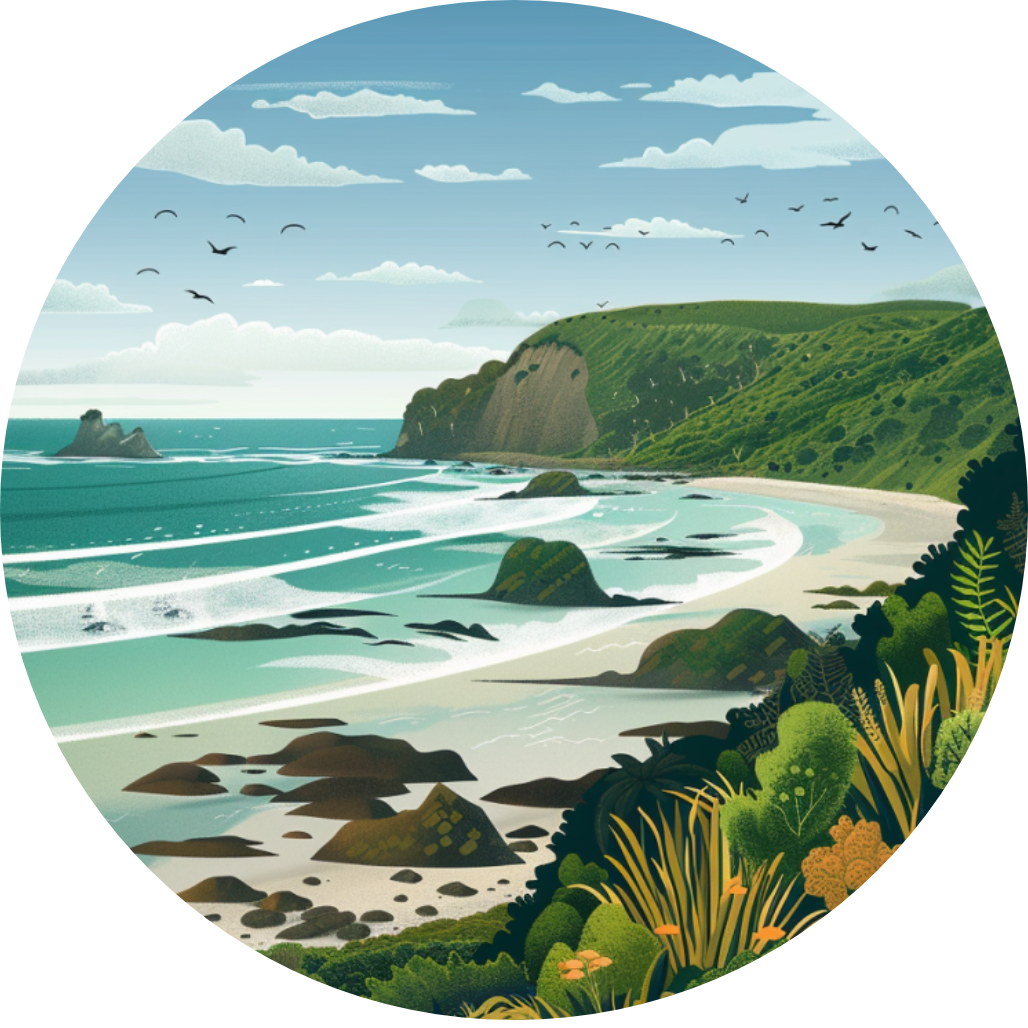
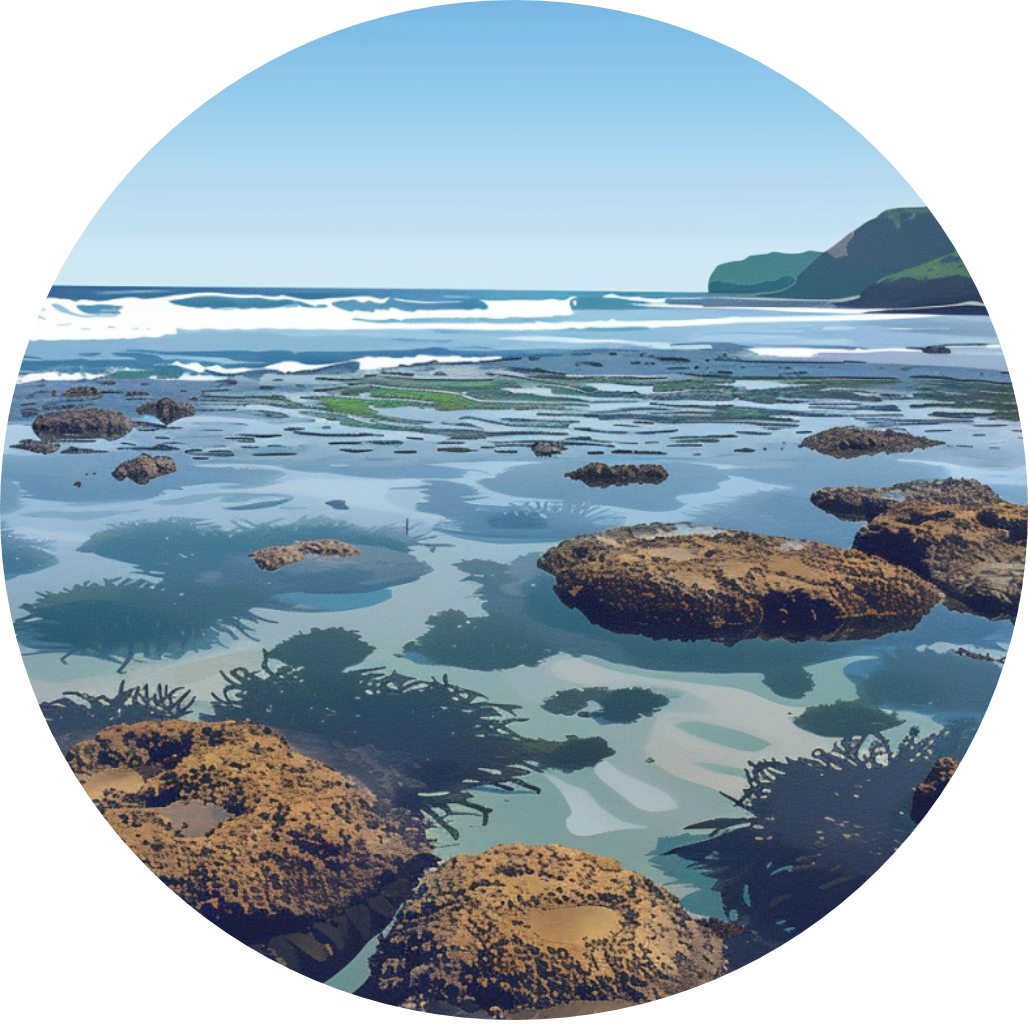
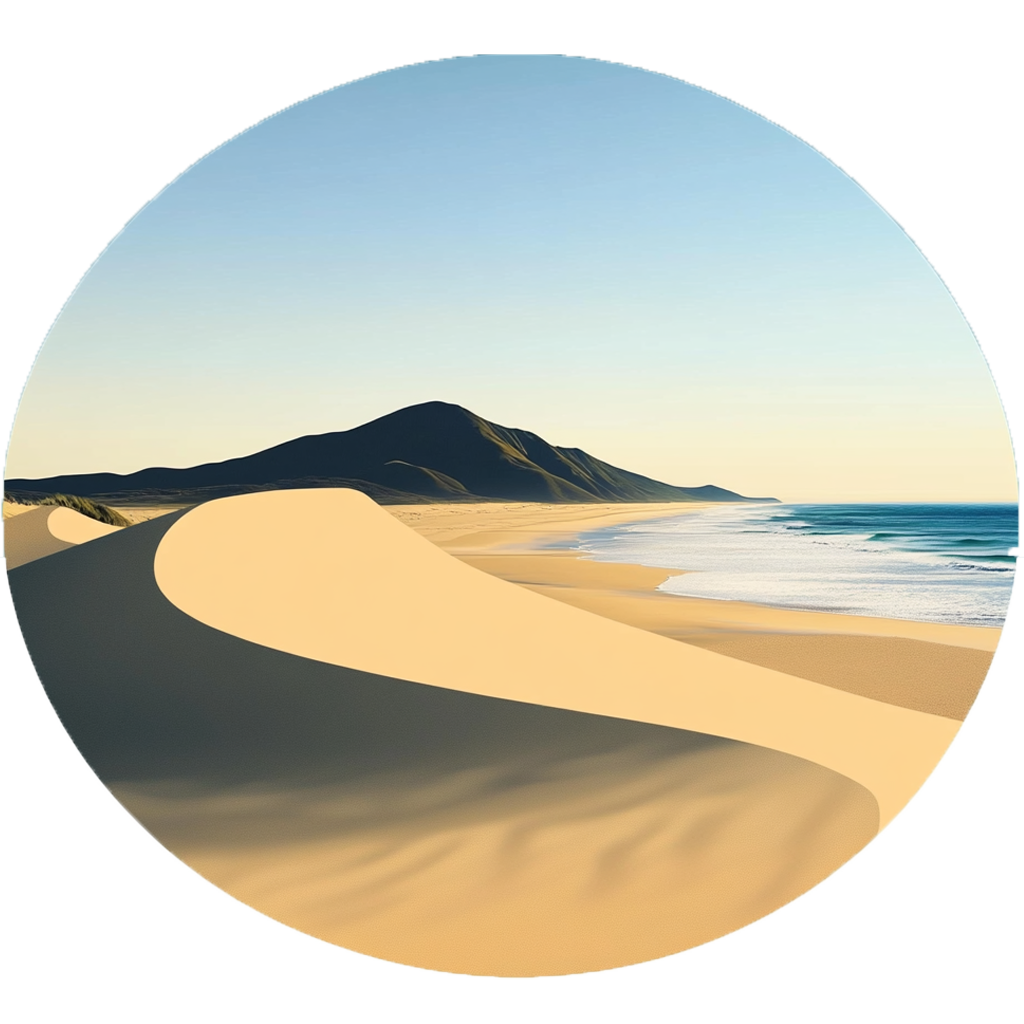
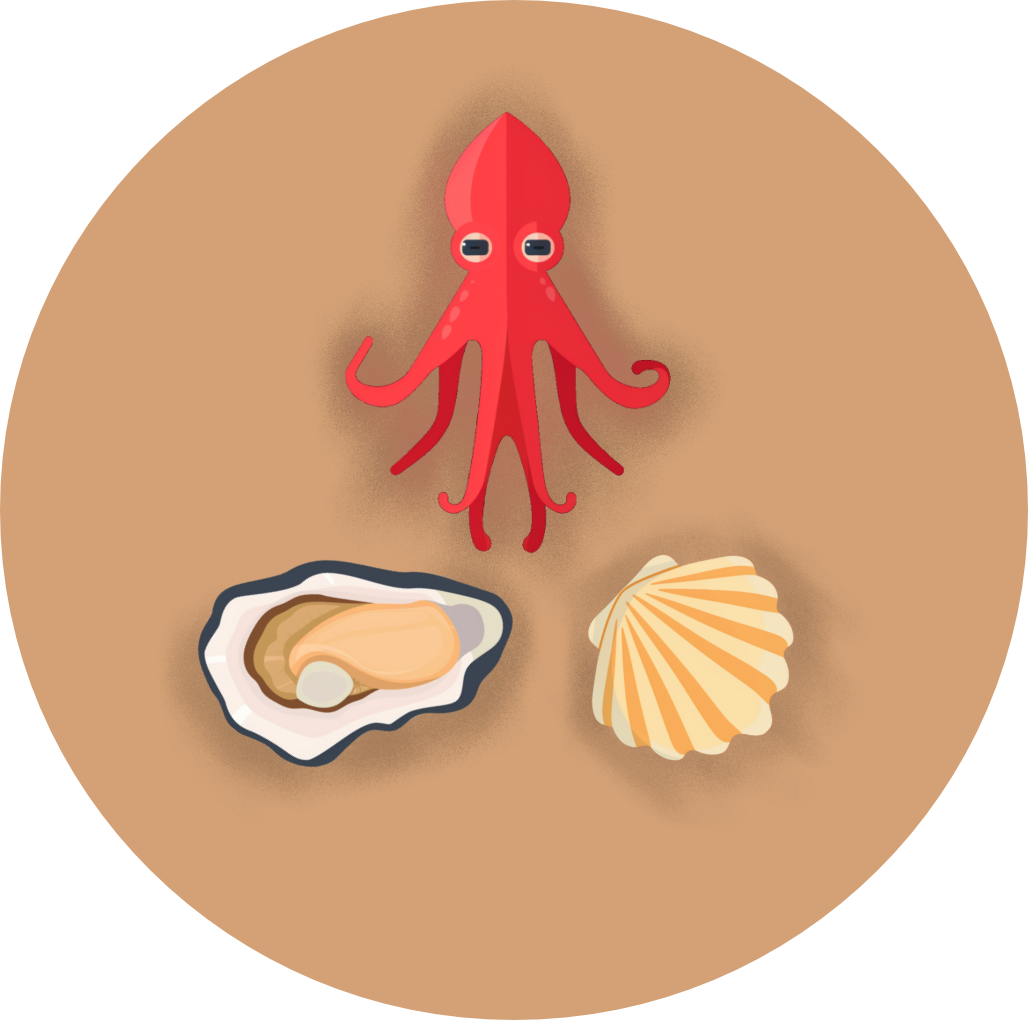
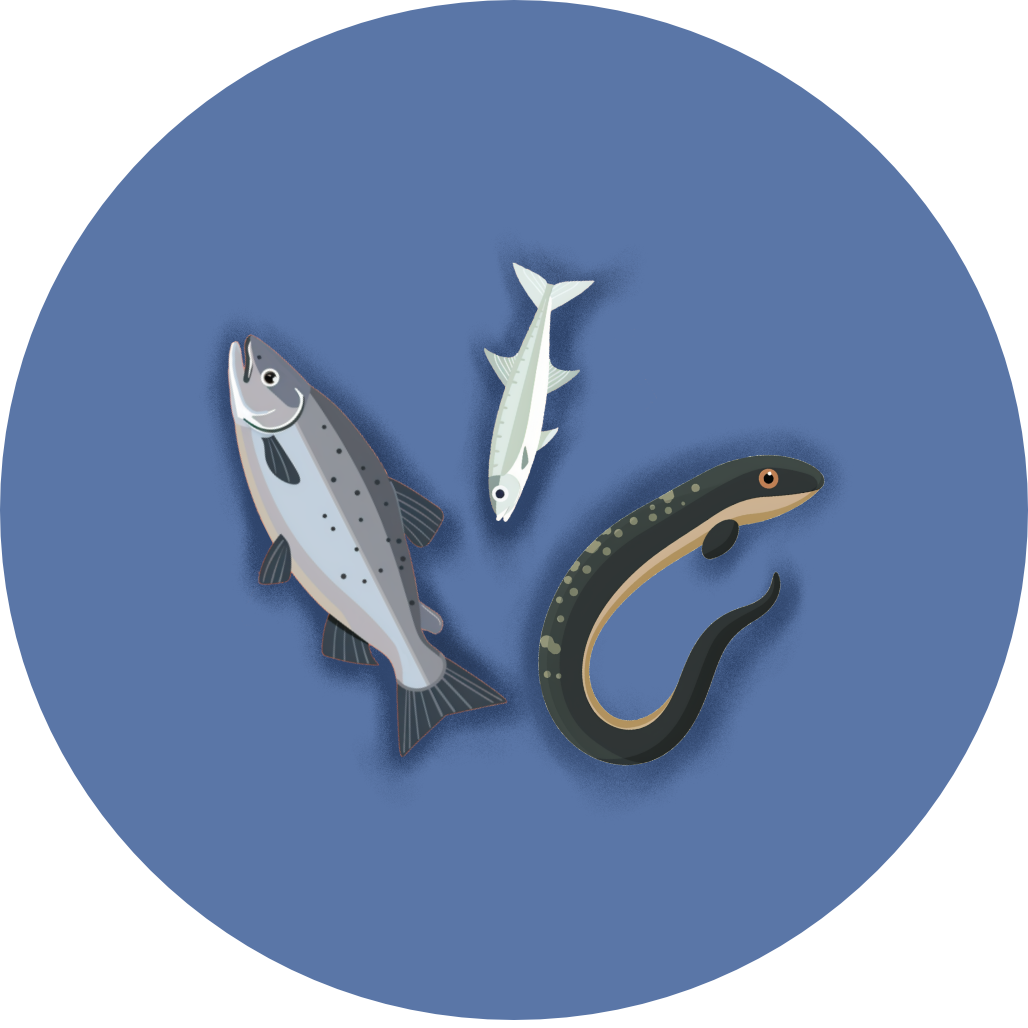
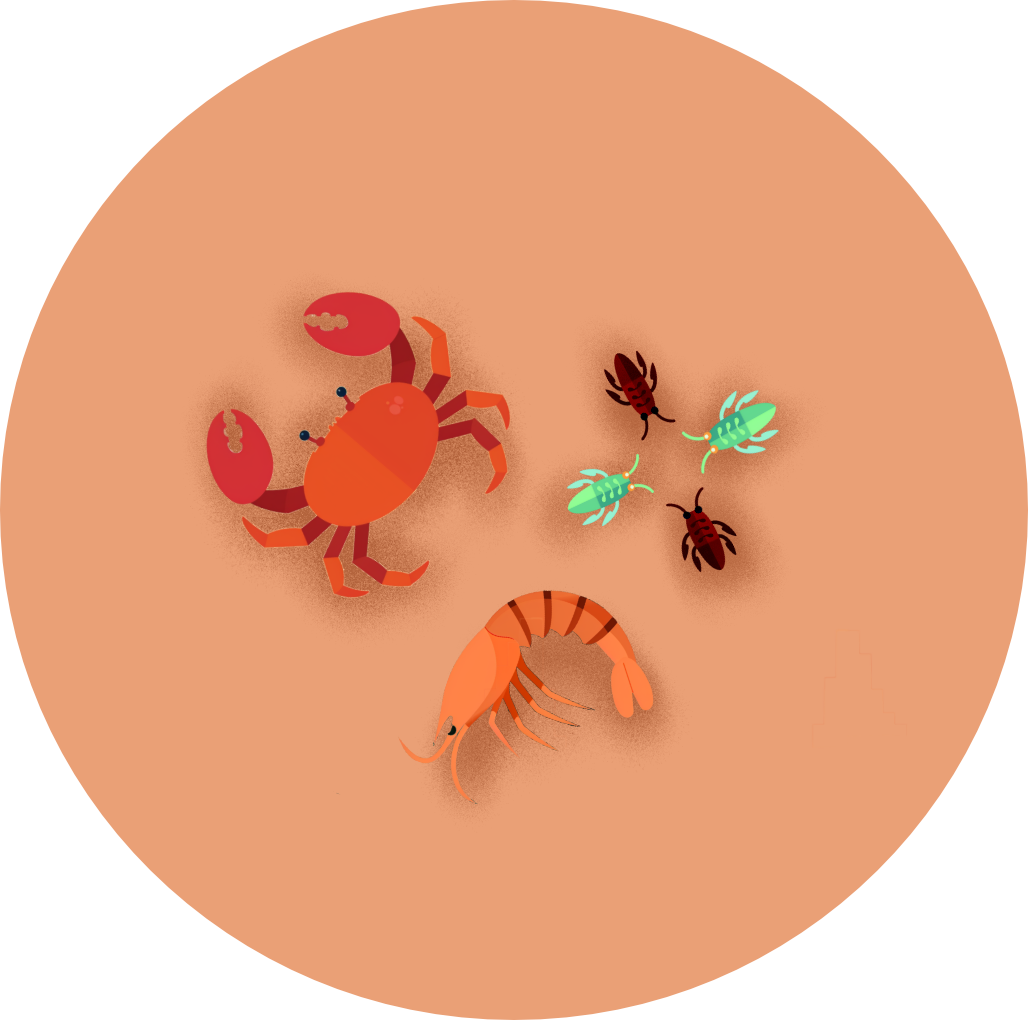
Coming Soon!
Top birding locations will be available in a future update.